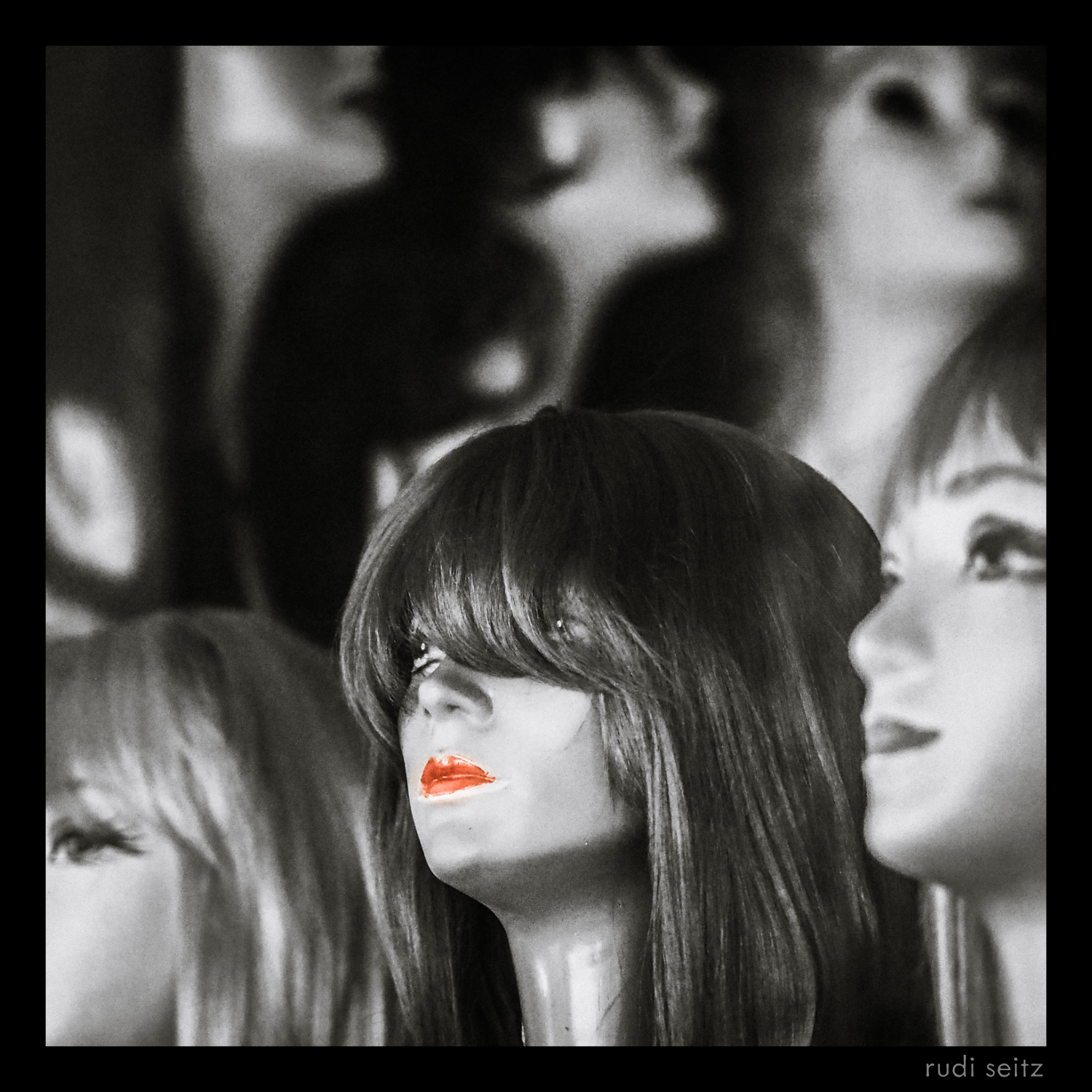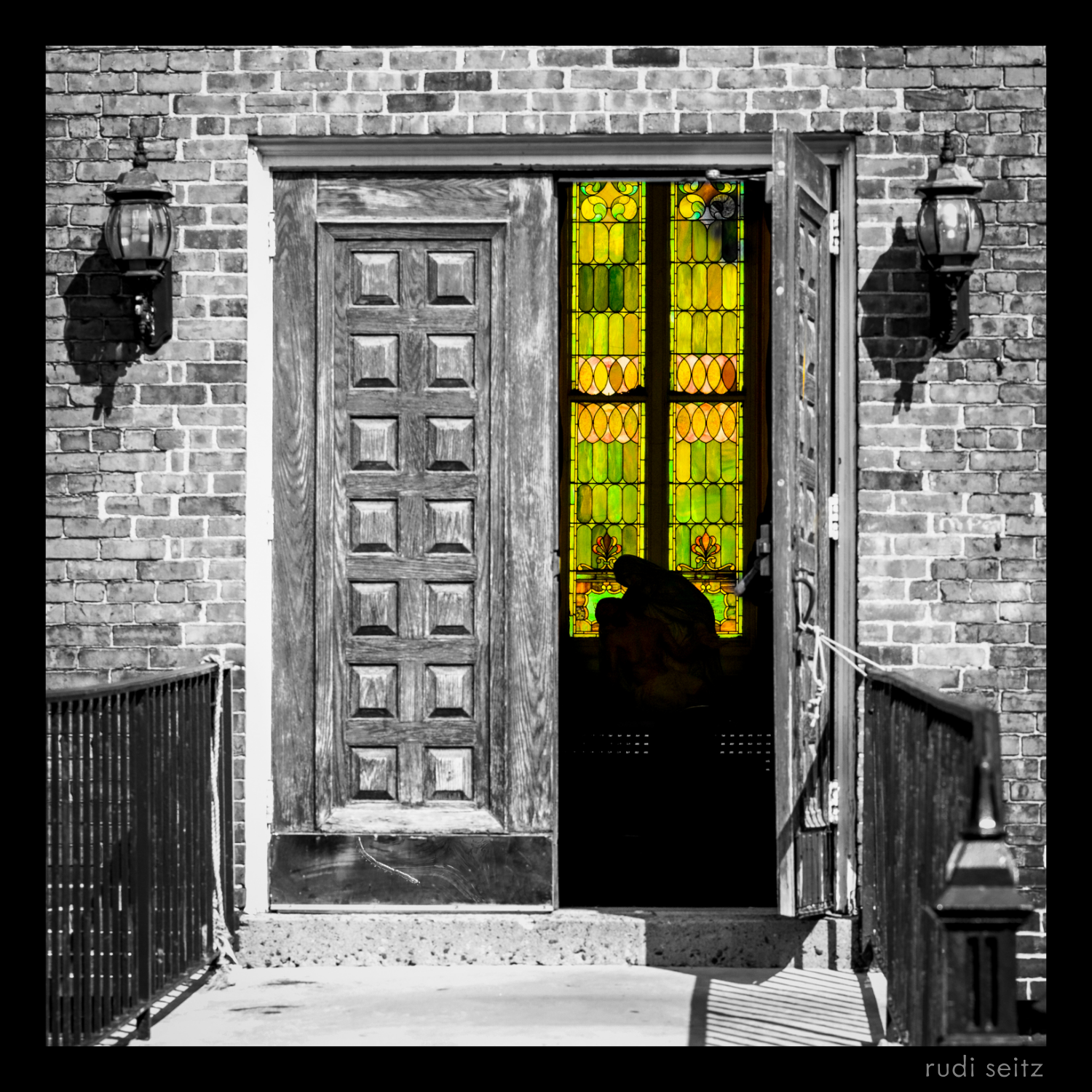In a recent post I described my changing attitude towards post-processing in photography. I’ve gone from someone who avoided it completely to someone who’s open to exploring it when I think I can learn something from it, or when I think it can help me communicate more effectively.
I consider this as as a radical personal change but most of my acquaintances probably have no idea that I’ve gone through this evolution or that it’s such a big deal to me.
To give you a sense of it, I’ve spent thousands of hours taking pictures and reviewing them over the past decade, and for the bulk of that time, I repeatedly and consistently avoided the temptation to alter the output of my camera in any appreciable way.
I had very good reasons for adopting this strict no-editing policy, and it took me a really long time to even consider changing my approach. Now that I’ve crossed the threshold, I feel I should share a few examples of the sort of image I can produce with post-processing, but not without.
One post-processing idea that I find intriguing is to transform an image to black-and-white but preserve one salient bit of color. This idea gets me looking around and wondering: what’s the most important color (or region of color) that I’m seeing right now, and what would it be like if everything appeared in grayscale except that particular color?
The first time I tried this out was with the lips of a mannequin:

The second time was with a stained-glass window that I saw through a church door:

The third time was with an image of a luxury waterfront condo construction site in my neighborhood that had been flooded during a recent snow storm that coincided with an astronomical tide. The original image was not captured by me, but rather shared with me by a neighborhood activist. Since I had already explored the “salient color” technique with my own images, I knew immediately how I wanted to interpret this image:
 ■
■